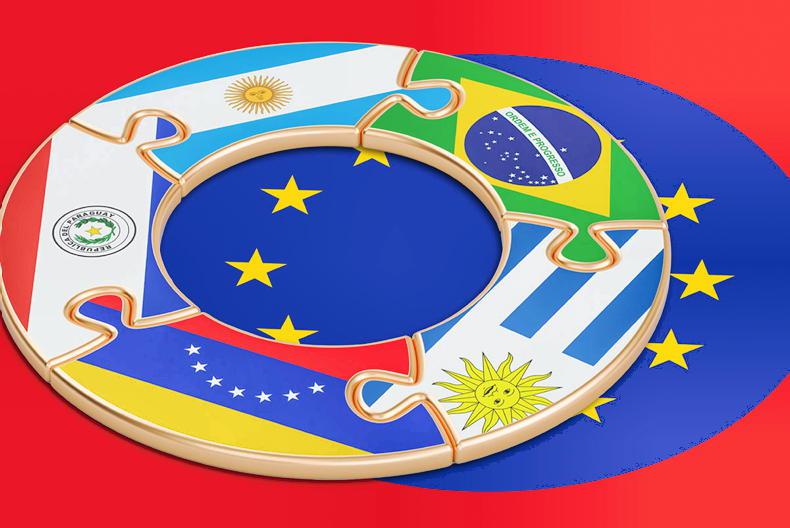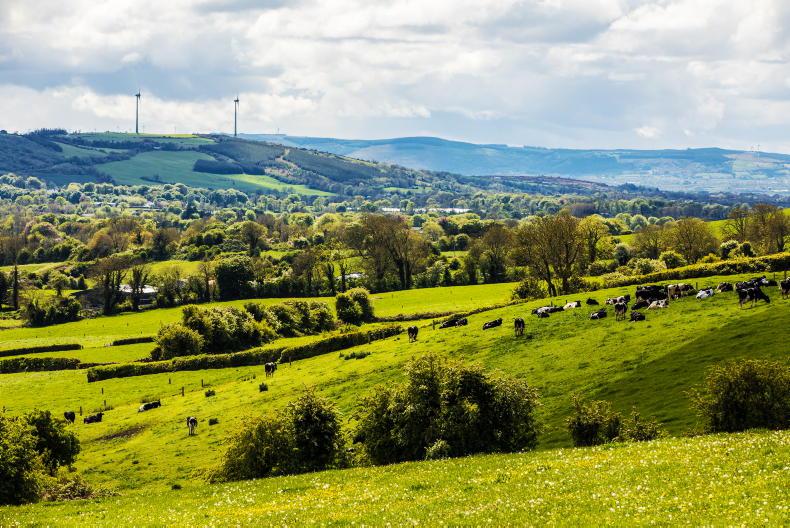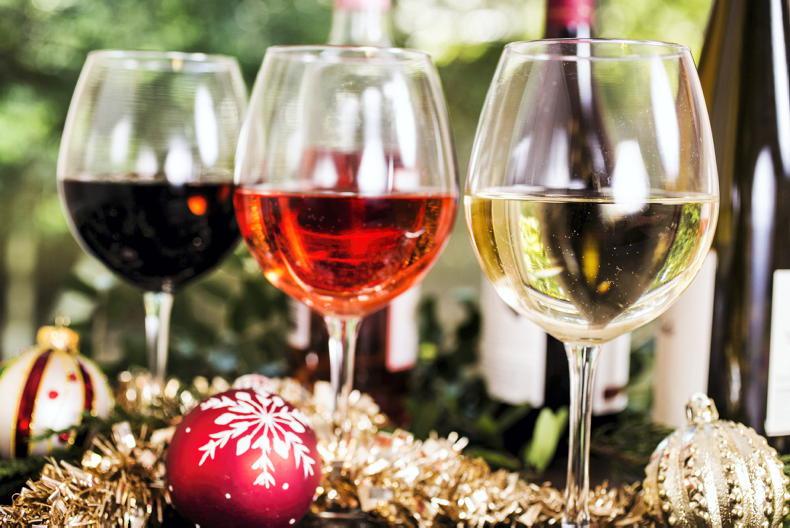‘We’re lucky here in Ireland not to be a wine producing country”. This is how Ian Brosnan opened a wine tasting course in Ely Wines a few years ago. He is their head wine buyer and I remember looking at the guy, one eye quizzically raised, thinking where is he going with this?
“Hear me out”, he continued. “Walk into any restaurant or wine bar in this country and you have the chance to taste the world. Explore wines from Chile and Argentina, from New Zealand and Australia, as far south as South Africa to the more northern regions of Germany.”
“Not everybody has that choice. In many countries, the wine is all about the local market and as a result, people rarely get the chance to sample anything else,” he said.
I often think of Ian’s words when on holidays in Spain and the wine list is limited to Spanish wines. He does have a point, we are spoilt for choice. On the other hand, I also think of his words when I’m standing in a Spanish supermarket holding a bottle of red that I pay three times the price for at home, but that’s an editorial on tax and excise duty for another day.
That wine course I did for a bit of fun ignited an interest, which led to me to complete the international WSET’s (the Wine Spirit Education Trust exams). Working in the Irish Farmers Journal meant I was always particularly interested in the viticulture – the soil and climate, the cultivation and harvesting that goes into making a quality wine. So I was fascinated by Janine Kennedy’s article for Irish Country Living.
Here we are perched on the edge of the Atlantic where we simply don’t get the longevity of temperatures that allow grapes to ripen. And yet, despite the challenging conditions, there are absolute trailblazers in this area.
David Llewellyn of Llewellyn Orchards is one and he is having good success with a grape variety that many would be unfamiliar with. It’s called Rondo and it’s a hybrid grape developed by combining old European vines, which are best for winemaking, with Russian vines, which are naturally pest and disease resistant. And here’s the interesting thing about vines, they can prosper in the most unexpected locations.
Like most wines, the Malbec vine started off in the green fields of France in Cahors. About 150 years ago, when the French set off exploring South America, they bought vines with them, a bit like us bringing Barry’s Tea to Lanzarote. The vines prospered in the high-altitude mountains of the Uco Valley in Mendoza, in a way they never did in France. But one thing is for sure, those trailblazers probably never in their wildest dreams anticipated the success it would have in Argentinian soil.
David Llewellyn of Llewellyn Orchards is one and he is having good success with a grape variety that many would be unfamiliar with. It’s called Rondo and it’s a hybrid grape developed by combining old European vines, which are best for winemaking, with Russian vines, which are naturally pest and disease resistant.
Let’s be honest, we’re never going to have a thriving wine scene in Ireland (and if we do, it means we’re in the hot heat of a climate situation). And most likely, it’s never going to be cheap, given the limited yields. But across the world, there are pockets of niche wine making areas in countries like Norway, Belgium and Wales that are making a name for themselves. Perhaps Ireland will soon be joining that list.
Of course, the other benefit of Irish wine is reduced air miles, which is something many are considering when making food and drink purchases. Determining how far a product has travelled and the impact on the environment is something that is still quite vague. Dee Laffan has an interesting piece on discussing how carbon labelling is something we’re going to see become standardised on food labelling in the coming years. It will be an interesting one to watch unfold.










SHARING OPTIONS